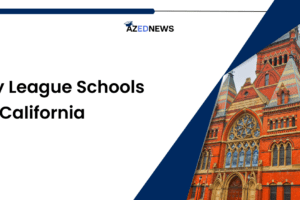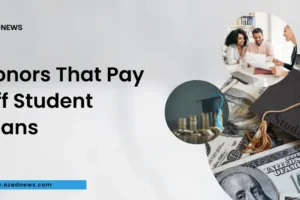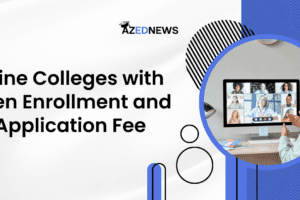Are you aiming for an Ivy League education? If yes then you might be curious about Ivy League schools in California. It is a common question because California...
Are you student and looking for Car Insurance Discounts for Students? then you are on the right article. The cost of car insurance is almost usually higher for...
Paying off student loans can feel like a big job. That is where donors that pay off student loans come into action. This is especially true when you finish...
Travel insurance for students is a unique blend of international travel and health insurance. Specially made for international students, these insurances...
For those seeking online colleges with open enrollment and no application fee, this article is a valuable resource. When pursuing higher education, traditional...
Are you looking for top online schools that give refund checks and laptops to student? then you are at right place. Online learning platforms are becoming...
Are you a college student in search of free laptops for college students? You’ve come to the right place! In the early decade, it has been predicted that...
If you want quality dental treatment at an affordable price, visiting dental schools near me that take patients and offer free care can be a great option for...
If you want to pursue bookkeeper care, you can go for free online bookkeeping courses with certificates, where you can learn the accurate way to create and...
If you want to work as an automobile engineer or technician, free online automotive courses with certificates can serve as an excellent starting point. These...


























